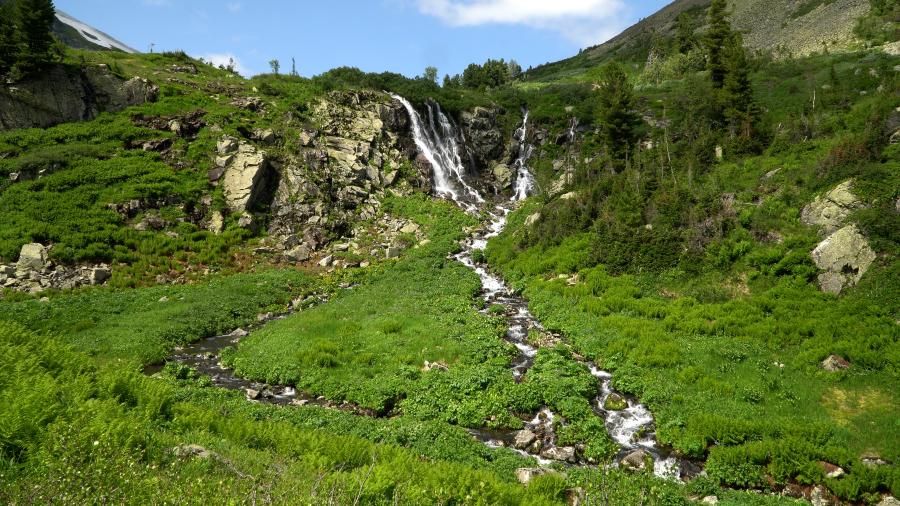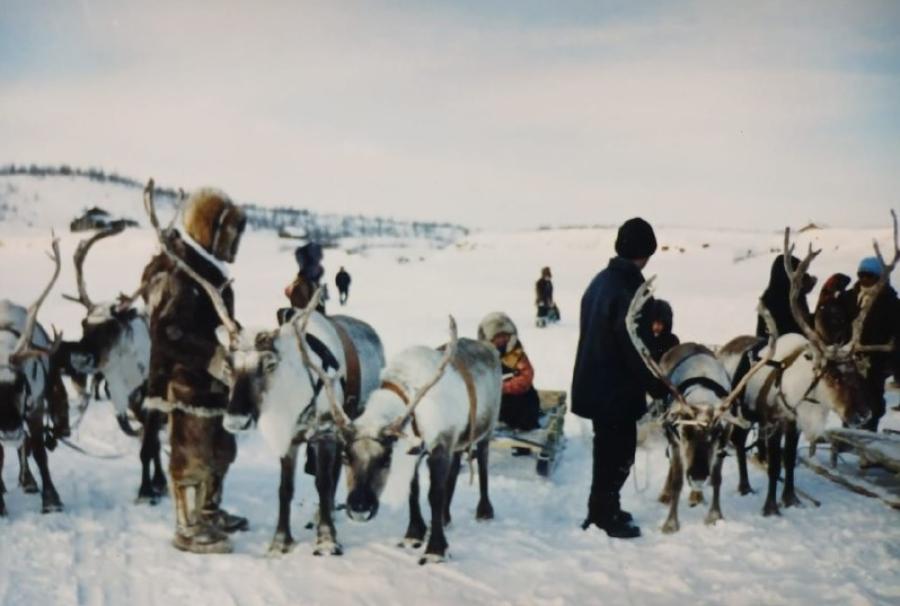Three environmental organizations released pictures today of recent environmental damage caused during construction of pipelines associated with Royal Dutch Shell's enormously risky Sakhalin II oil and gas project, located on Sakhalin Island, in the Russian Far East.[1] The photographs document violations of Sakhalin Energy Investment Company’s river crossing strategy, international banking policies and Russian law, despite Shell’s public commitment to prevent environmental damage. These pictures are available at:
http://www.eca-watch.org/problems/eu_russ/russia/sakhalin/monitoring_album_0606/intro/index.html
(reproduction quality pictures are available on request to Sarah Kagan, +1 (415) 399.8850 or skagan@pacificenvironment.org).
‘Shell talks a big game about meeting international best practices,’ said Doug Norlen, Policy Director, Pacific Environment. ‘But pictures don’t lie. These photographs show that Shell’s words don’t match the situation on the ground.’
These pictures come at a critical time; international finance institution officials, including those from the European Bank for Reconstruction and Development (EBRD) have said a decision on whether to finance the project will come this summer. The EBRD has held off financing the project because of environmental concerns for almost four years. In addition to injury to wild salmon rivers, the pictures also show scrapes and gashes in pipelines down to bare metal that will advance corrosion; stacks of abandoned waste-wood posing a severe fire risk to Sakhalin’s forests, and barrels of toxic ethelyne glocol leaking into the ground.
‘EBRD President Lemierre has given Shell countless ‘last chances’ to correct the egregious environmental violations of Sakhalin II. These pictures show that once again Shell has failed the test. If EBRD finances the project now, the Bank’s and President Lemierre’s environmental credibility will be shot,’ said Dmitry Lisitsyn, Chairman of the Russian-based Sakhalin Environment Watch.
The research was conducted by a team of Russian and American scientists from Pacific Environment, Sakhalin Environmental Watch and Cook Inletkeeper.
******************
Contact Pacific Environment at 415 399 8850 for more information on the Sakhalin II pipeline project.
[1] These photos were taken on a June 3-13, 2006, fact-finding mission on the pipeline by Sakhalin Environment Watch, Cook Inletkeeper, and Pacific Environment. Photo interpretation and follow-up occurred in subsequent weeks.



